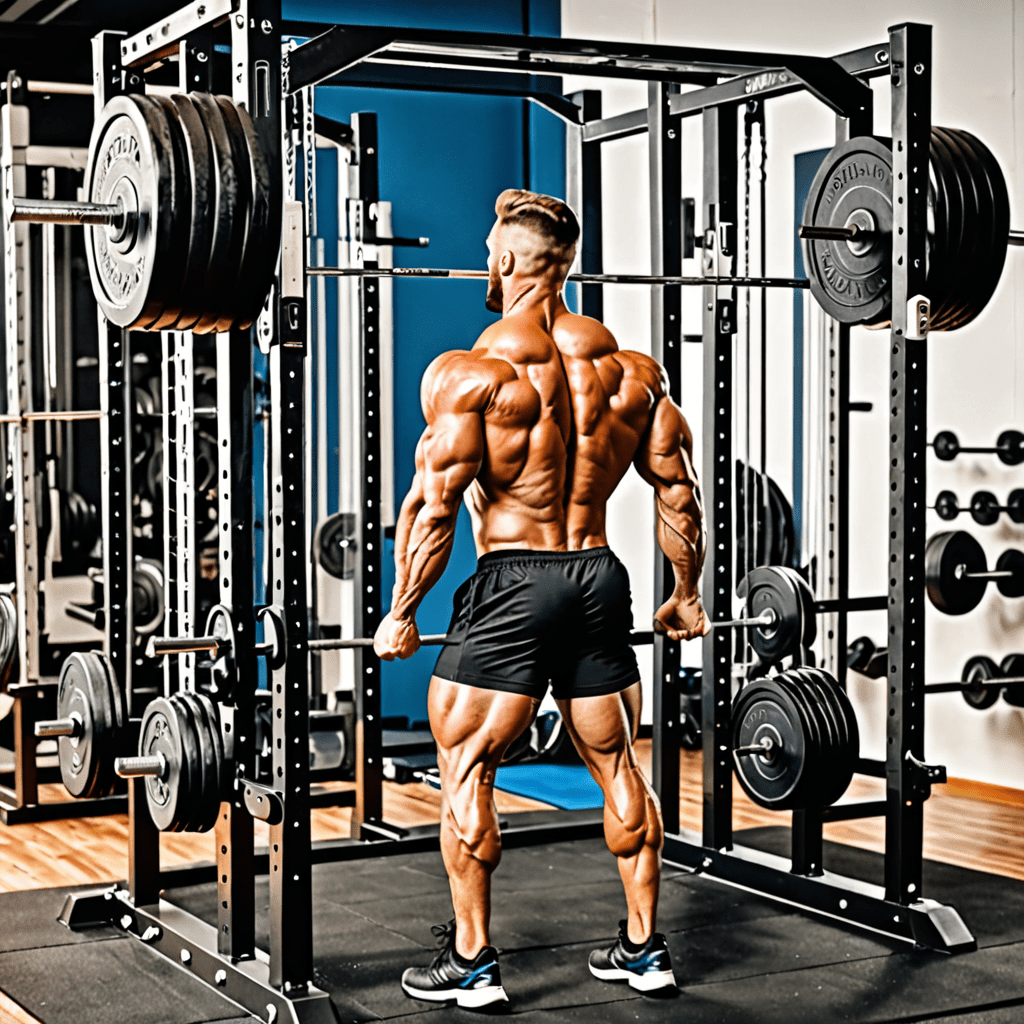
Unleash Your Power: The Ultimate Guide to Setting Up a Squat Rack
Introduction
Welcome to the ultimate guide on setting up a squat rack! Whether you are a beginner or an experienced lifter, having a properly set up squat rack is essential for safe and effective workouts. In this guide, we will walk you through the step-by-step process of setting up your squat rack, ensuring that you can unleash your power and achieve your fitness goals.
1. Choose the Right Location
Before setting up your squat rack, it is important to choose the right location. Look for an area with enough space to accommodate the dimensions of your squat rack and allow for safe movement during exercises. Ideally, the area should be well-ventilated and have a solid, flat surface.
2. Prepare the Ground
Once you have chosen the location, prepare the ground by clearing any obstacles or debris. Make sure the floor is level and stable to provide a solid foundation for your squat rack. You may want to consider using rubber mats or floor protectors to prevent any damage to the floor or minimize noise.
3. Assemble the Squat Rack
Now it’s time to assemble your squat rack. Follow the manufacturer’s instructions carefully, ensuring that all the pieces are securely connected. Depending on the type of squat rack you have, you may need to attach safety pins or bars to ensure your safety during workouts. Double-check that all the components are properly tightened before proceeding.
4. Adjust the J-Hooks and Safety Bars
Once the squat rack is assembled, adjust the J-hooks and safety bars to the desired height. The J-hooks should be positioned at a level where you can easily rack and unrack the barbell without straining. The safety bars should be set to a height that allows you to perform exercises safely, especially during failure or fatigue. It is recommended to have them slightly below your lowest squat position.
5. Test Stability and Safety
Before using your squat rack for workouts, it is crucial to test its stability and safety. Give the rack a gentle shake to ensure it is securely planted on the ground. Check that all the bolts and fastenings are tight and secure. Test the safety bars by setting them at different heights and applying pressure to simulate a failed lift. They should catch the weight without any issues.
6. Organize Your Equipment
Now that your squat rack is set up, it’s time to organize your equipment. Keep your weight plates, barbells, and other accessories within easy reach but away from your workout area to avoid any accidents. Consider investing in storage solutions, such as weight trees or wall racks, to keep your space organized and tidy.
7. Maintain and Clean your Squat Rack
Lastly, proper maintenance and cleaning will prolong the life of your squat rack. Regularly inspect the rack for any signs of wear or damage, and promptly replace any worn-out or faulty parts. Keep the rack clean by wiping it down after each use, especially if you sweat during your workouts. This will prevent rust and maintain its overall performance.
Frequently Asked Questions (FAQ)
Q: How much space do I need for a squat rack?
A: The space required for a squat rack depends on its size and your movements during exercises. As a general rule, you should have enough space to comfortably perform squats and other compound exercises without any obstructions within your range of motion. Allow for at least a 4-foot clearance on each side of the rack.
Q: Can I use a squat rack for other exercises?
A: Yes, squat racks are versatile pieces of equipment that can be used for various exercises such as bench presses, shoulder presses, and pull-ups. Many squat racks come with additional attachments or accessories that allow for a wider range of exercises.
Q: Is it necessary to use safety bars?
A: Safety bars are highly recommended when using a squat rack, especially during heavy lifts. They act as a safety net, catching the weight in case of failure or fatigue, preventing injuries. It is always better to have them in place for added security.
Q: How often should I inspect and maintain my squat rack?
A: It is recommended to inspect and maintain your squat rack regularly, at least once a month. Check for any loose or damaged parts, and ensure all the fastenings are securely tightened. Clean your squat rack after each use to remove any sweat and prevent rust.


